In response, GBE filed a Motion for Recosideration or in the alternative clarification of the Appellate Court's Order staying implementation of Grain Belt Express LLC's Certificate of Public Convenience and Necessity. Say that five times real fast. And if you think the title of the motion is wordy, you ain't seen nothing yet! The motion itself clocked in at a record 746 pages. I think I filed a Joint Appendix once that had less pages.
First of all, no court likes hearing how it got things wrong. Strike 1. Courts also don't like reading a lot of stuff. They simply don't have time. Strike 2. This particular Court is protecting the citizens of Illinois from what may be an unconstitutional law that Grain Belt passed which greased the ICC approval. Whining that some billion dollar corporation is the true victim here is pretty tone deaf. Strike 3.
Because I know you don't have time to read 746 pages of pure nonsense, here's what the Motion says, in as few words as possible.
Grain Belt is the victim because, in the words of our misspeaking friend Brad Pnazek,
Grain Belt Express LLC engaged Contract Land Staff LLC (“CLS”) to assist with negotiating voluntary easement agreements with landowners on the approved route.
CLS remains engaged. Pursuant to the terms of the engagement, Grain Belt Express LLC is paying CLS approximately $50,000 per week and must continue to pay that amount for the duration of the stay. Grain Belt Express LLC is receiving no services due to the stay Order. Grain Belt Express LLC must, and intends to, keep CLS engaged or it will not have staffing available for land acquisition services when the stay is lifted.
Meanwhile, GBE claims that landowners will not have to spend any money on surveys and appraisals, lawyers, and other professionals to assist in negotiations with GBE because
“The landowner will not need to pay for an ‘updated title search, appraisal and ALTA survey’ to evaluate GBE’s offer during voluntary easement negotiation . . . because GBE will provide those or comparable materials in support of its easement offer.”
So, what is it that GBE wants the Court to do?
GBE seeks the following relief:
1. That this Court reconsider the Order, as the requested stay is not supported by any evidence of great or irreparable damage to the Landowner Alliance. To the contrary, the only verified evidence in the record is that GBE will suffer damage as a consequence of the injunction.
2. Moreover, that this Court reconsider the Order because the stay violates GBE’s constitutional rights and is not supported by any applicable legal principle.
3. That this Court failed to address the requirement for a bond, and, if this Court determines that any portion of its Order should remain in place, that this Court require the Landowner Alliance to post a bond in an amount adequate to secure the damages to be incurred by GBE.
4. In the alternative, if this Court elects to not reconsider its Order, that it clarify that the Order does not (and legally cannot) enjoin GBE from engaging in voluntary land acquisition or easement negotiations with landowners along the approved route for the transmission line project, as such an injunction would exceed this Court’s jurisdiction and violate GBE’s constitutional rights.
5. That this Court clarify the “specific finding[s] based upon evidence submitted to the court, and identified by reference thereto, that great or irreparable damage would otherwise result to the [Landowner Alliance], and specifying the nature of the damages,” as required by the Illinois Public Utilities Act, 220 ILCS 5/10-204(b).
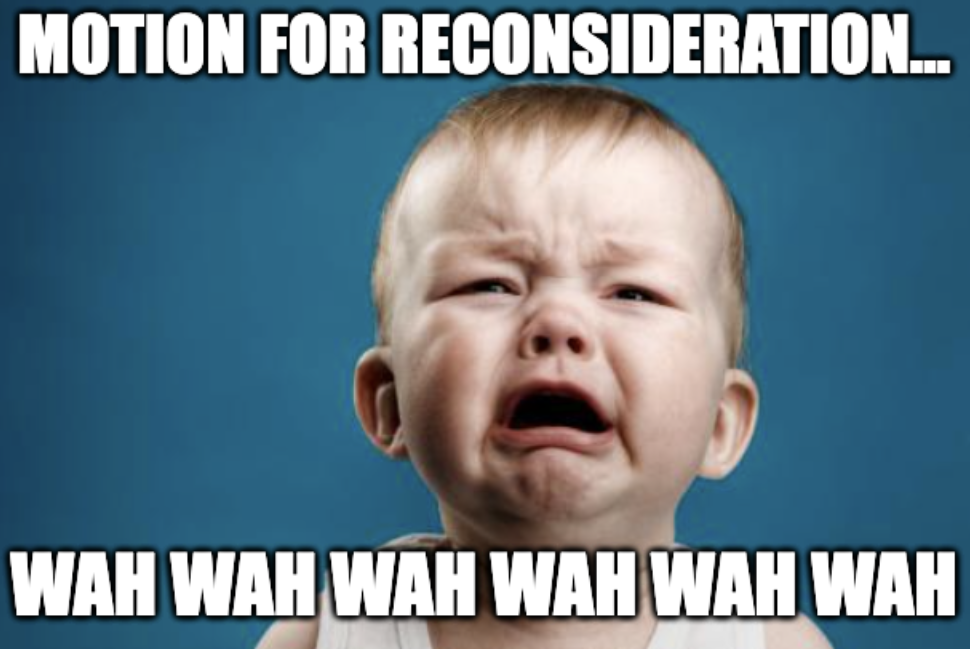
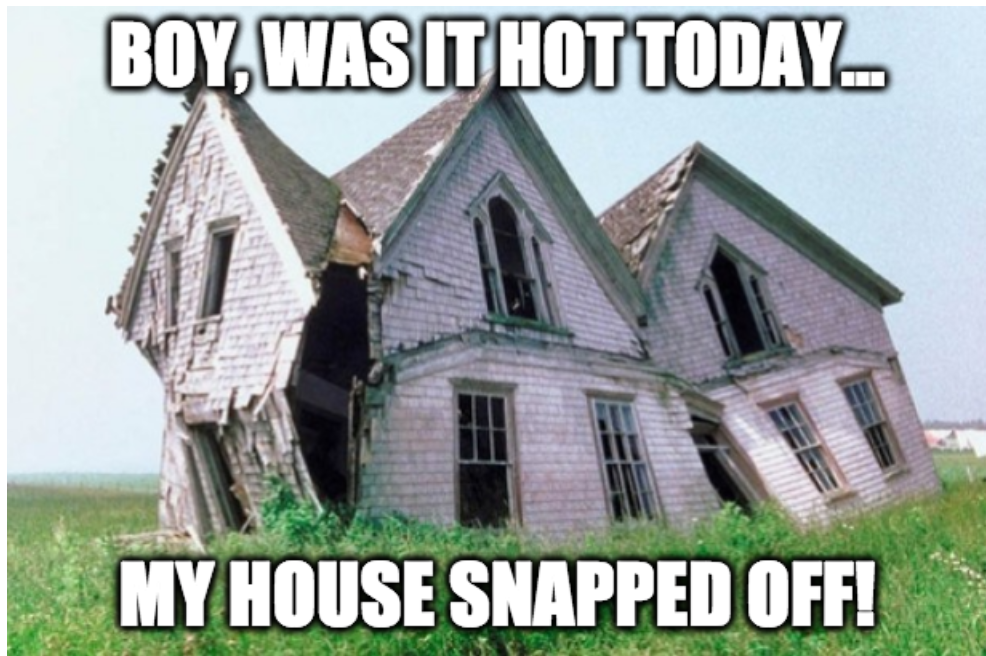
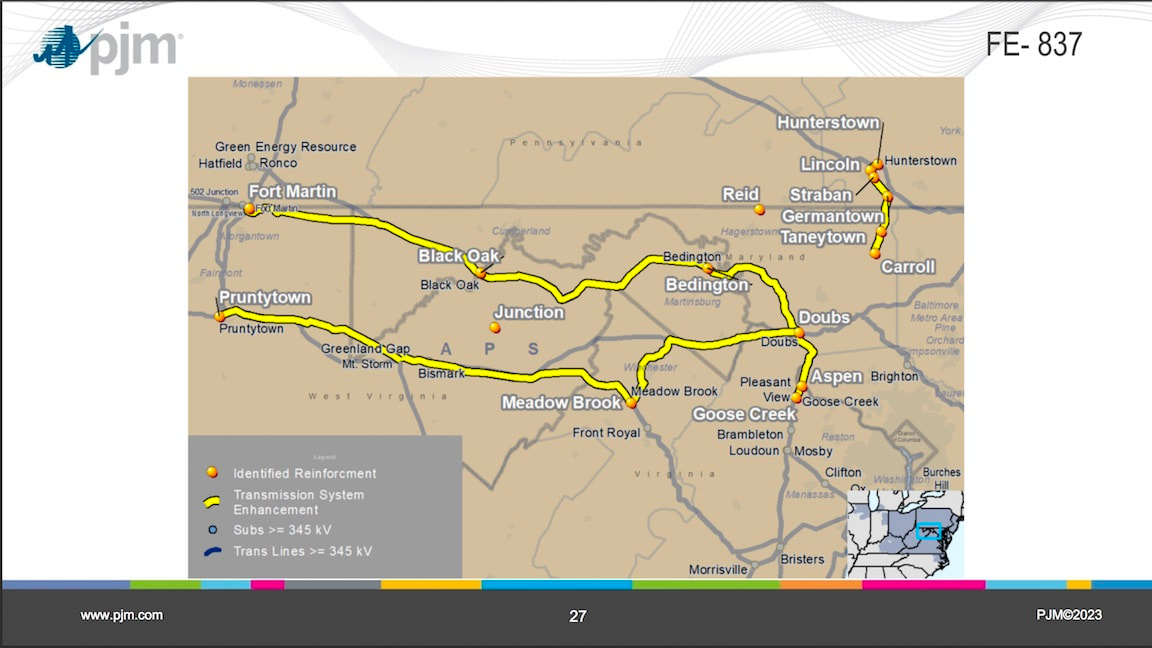
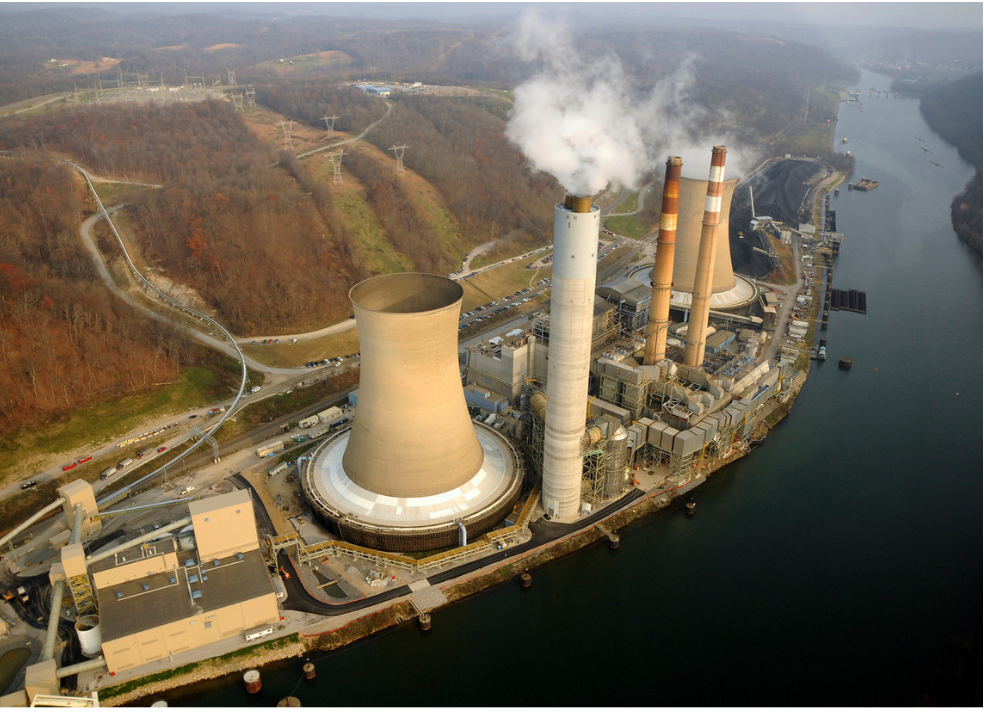
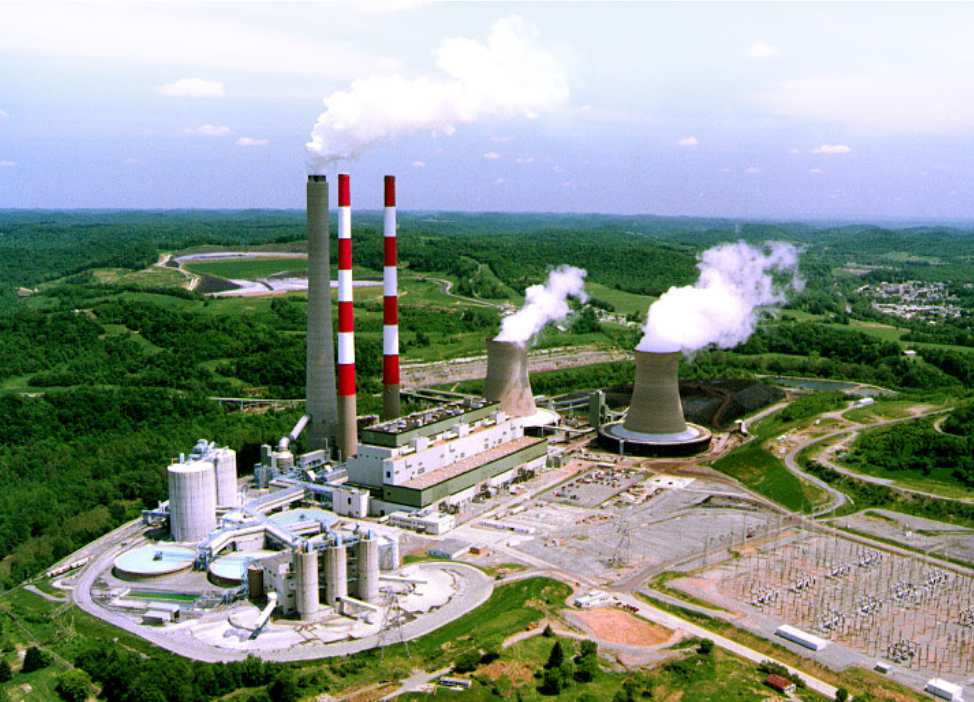
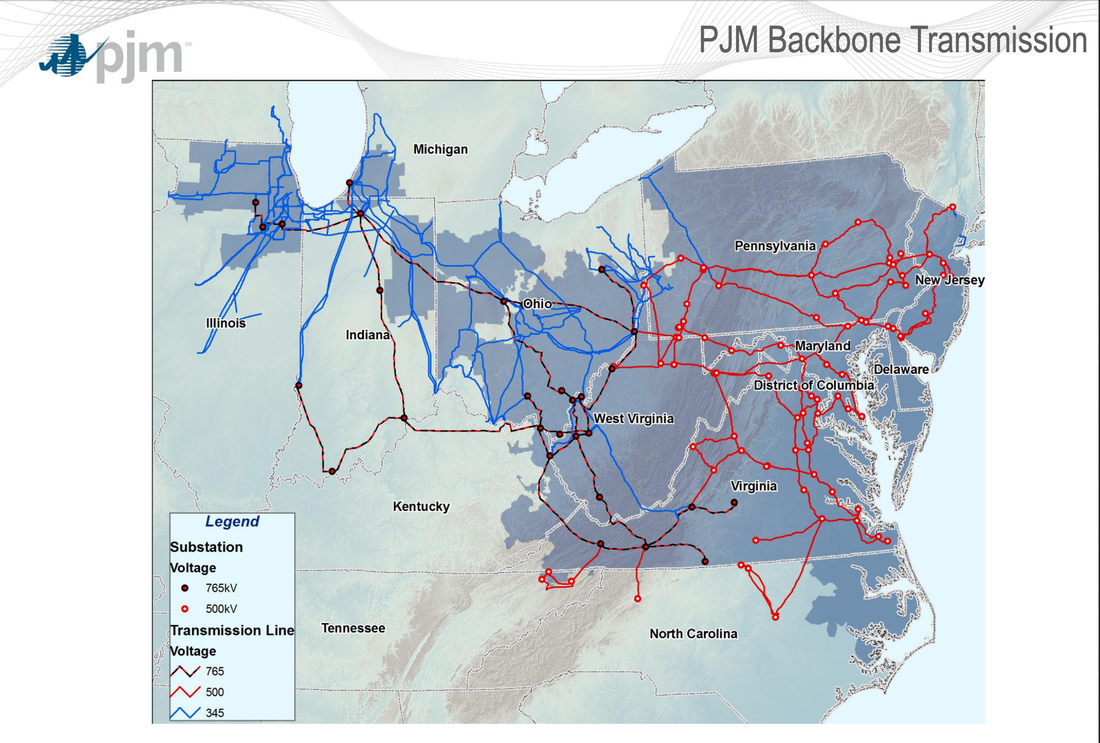
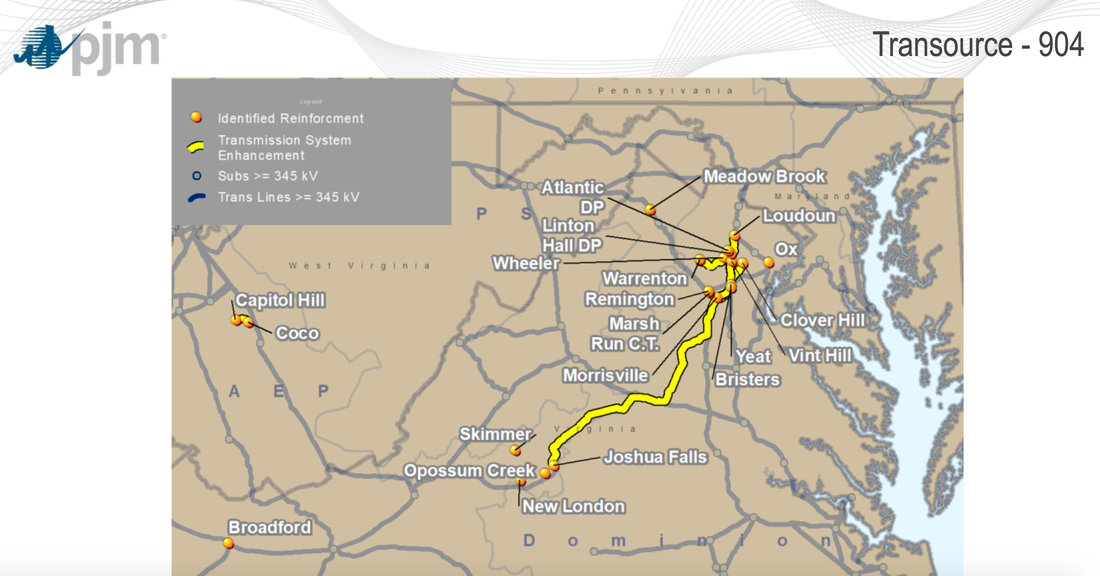

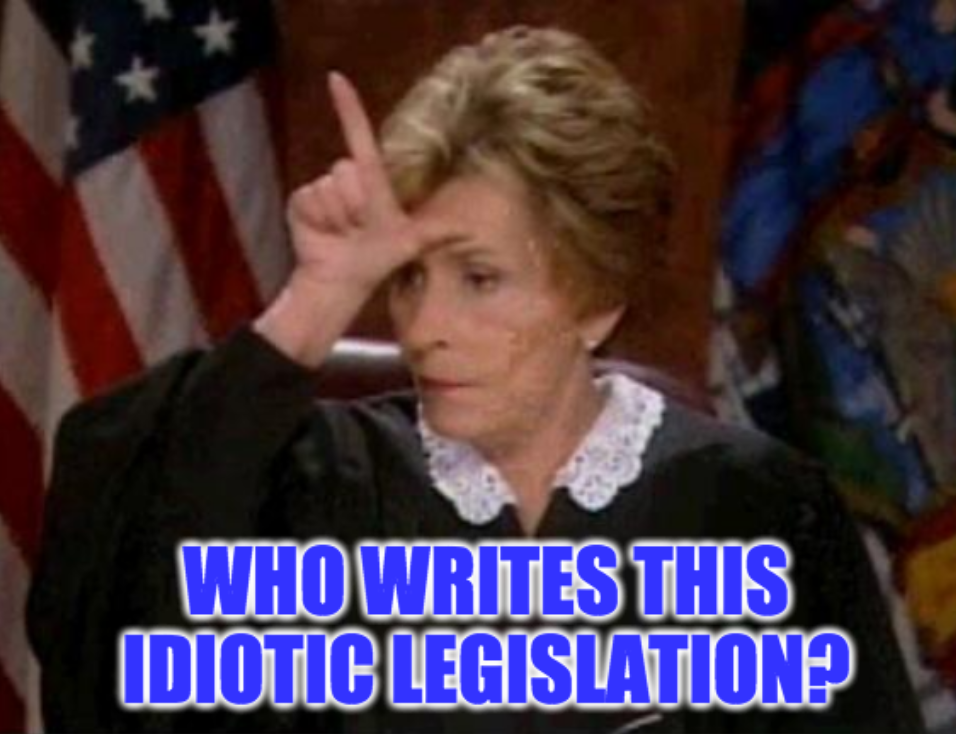
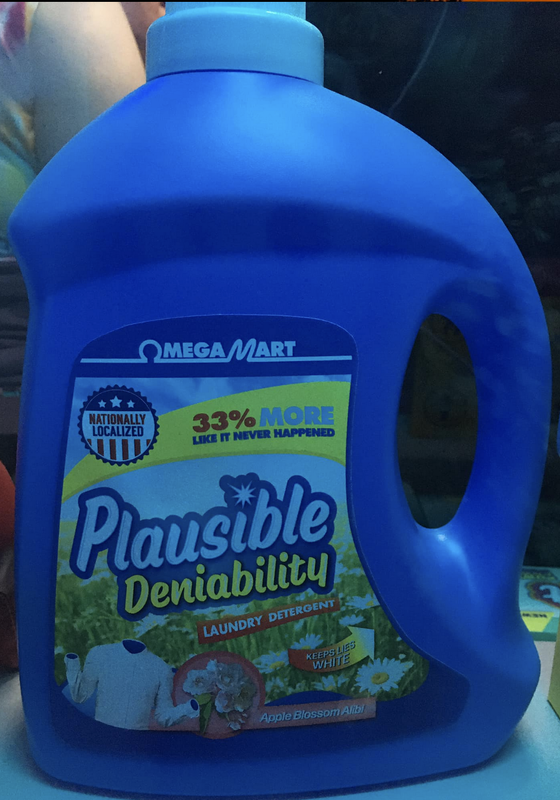
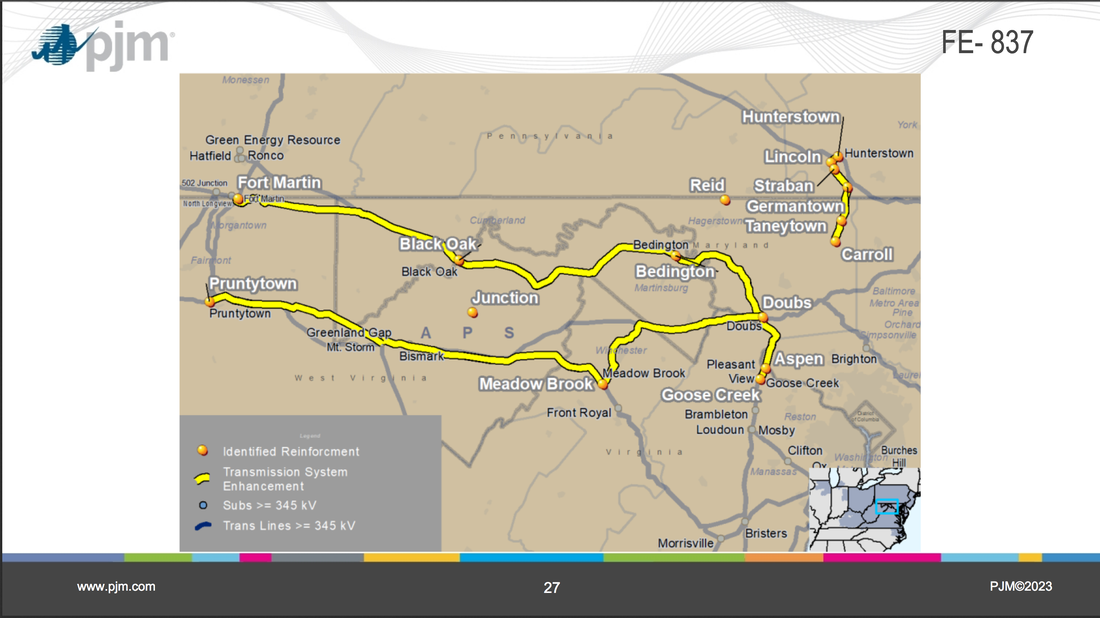
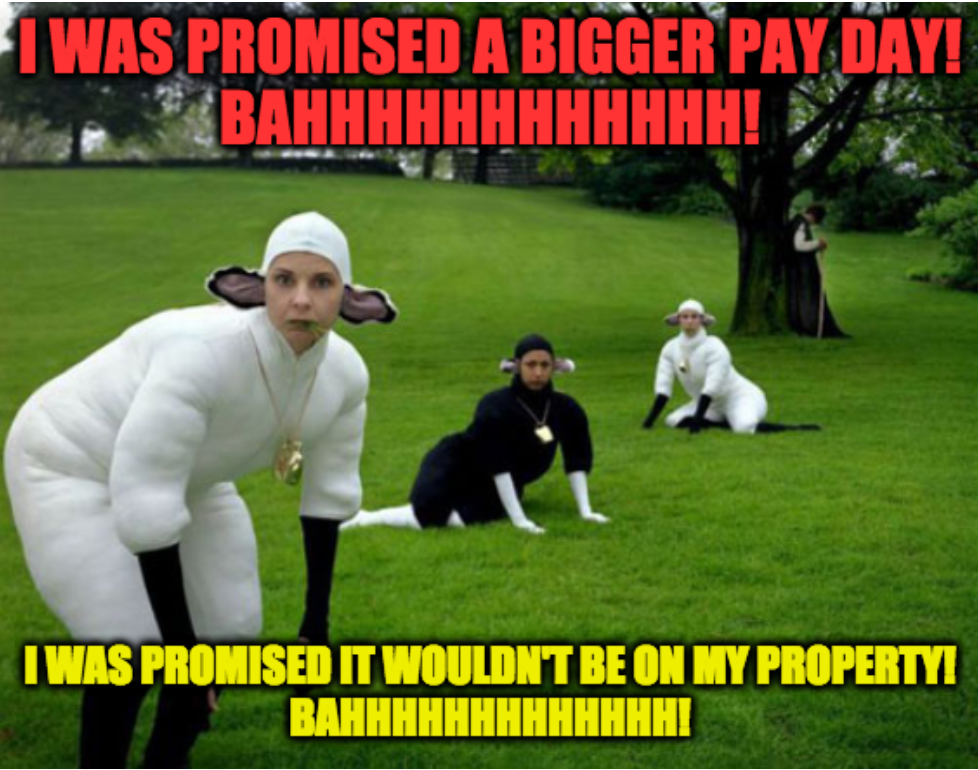
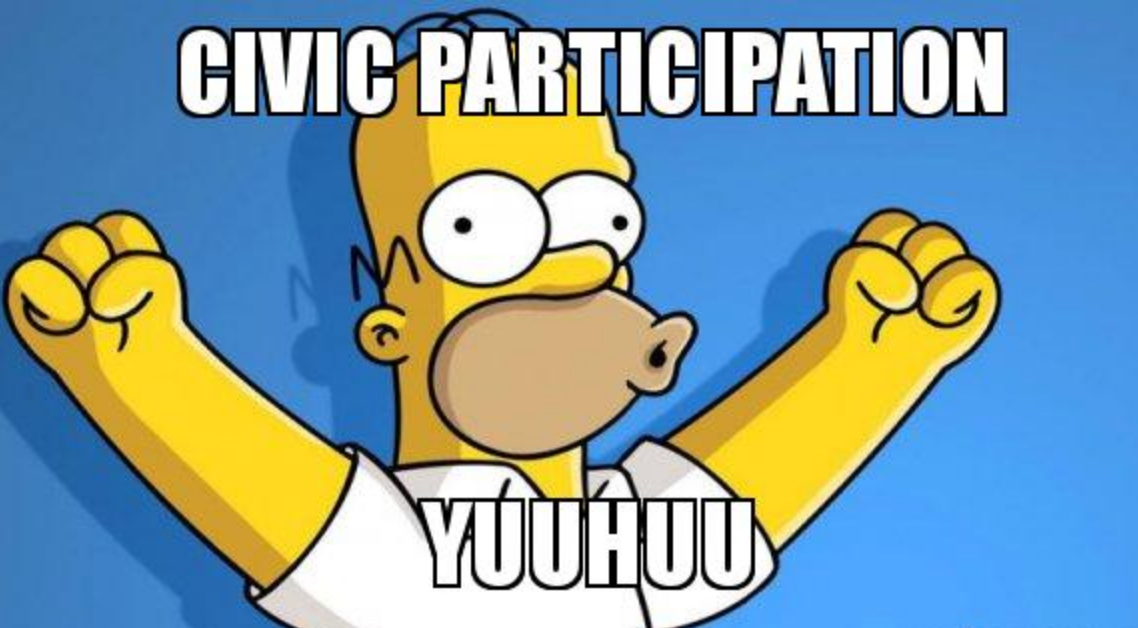
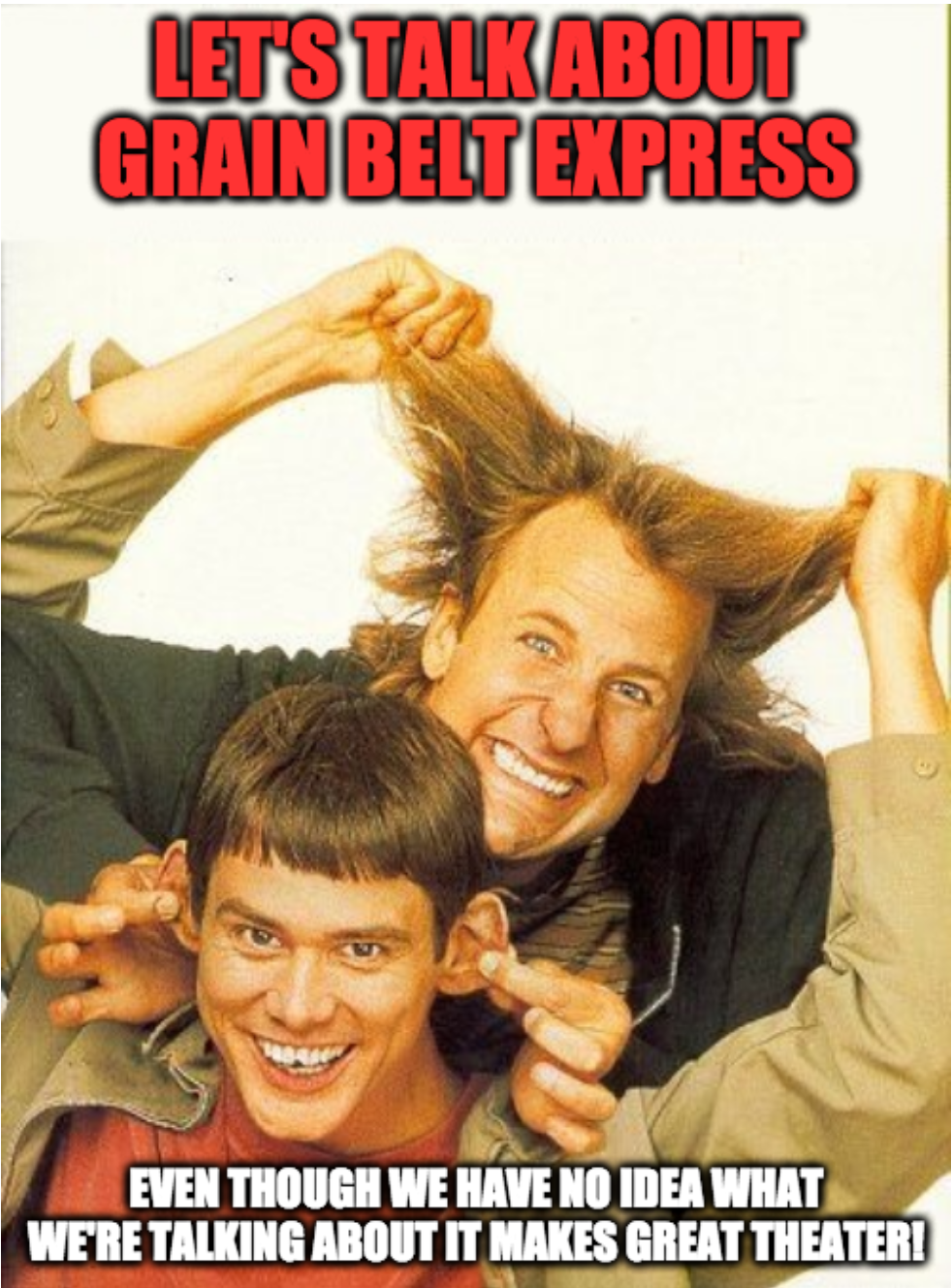
 RSS Feed
RSS Feed